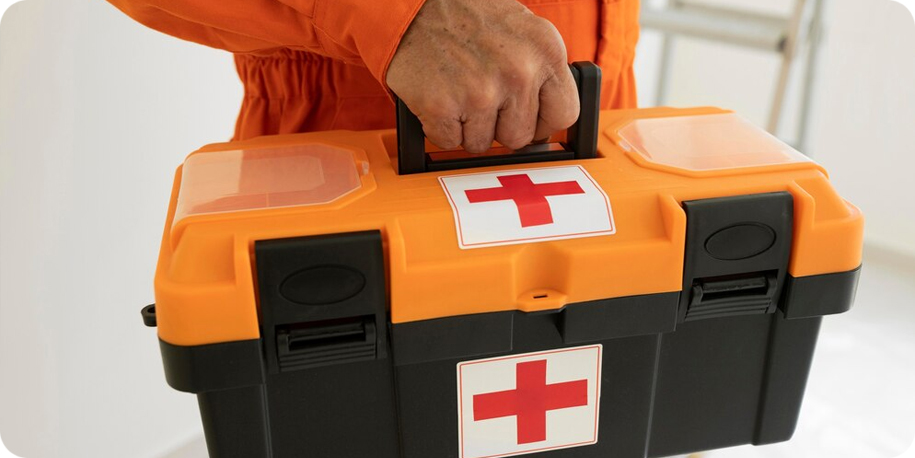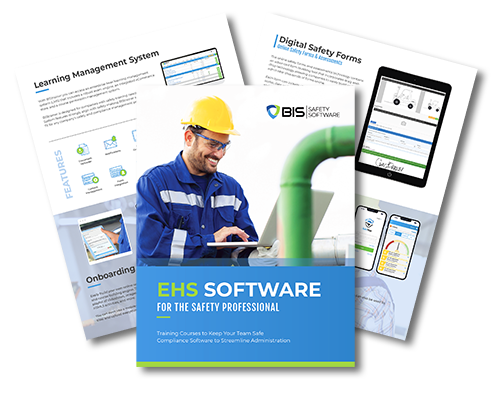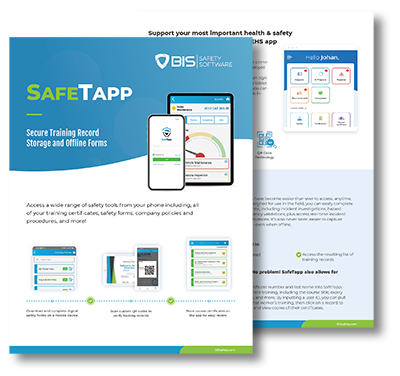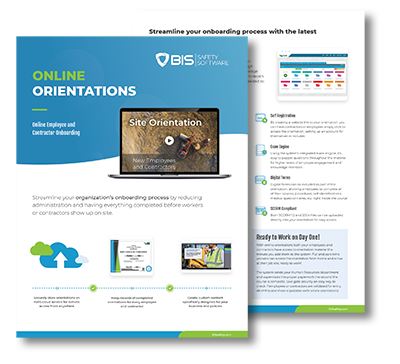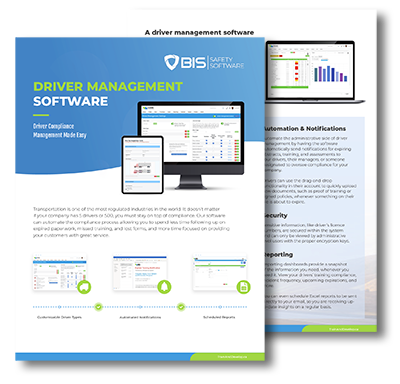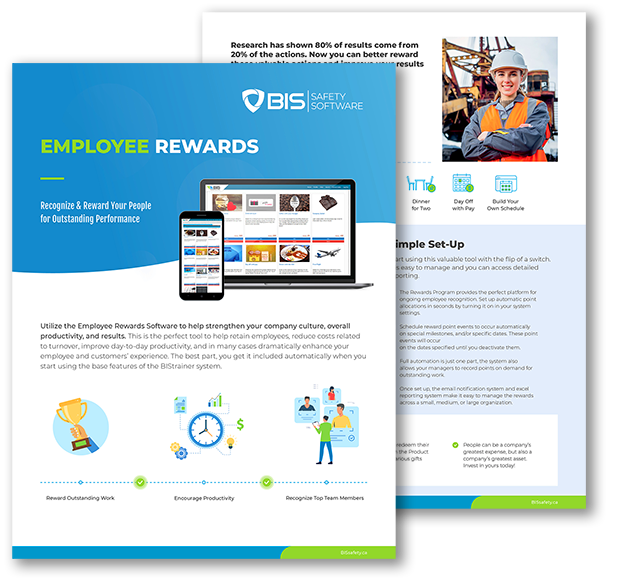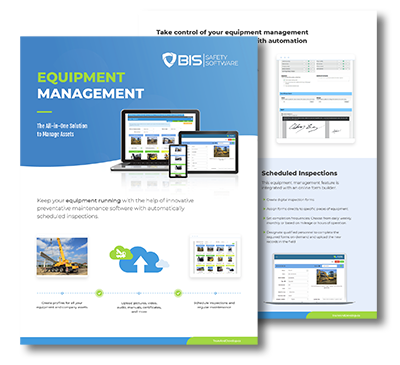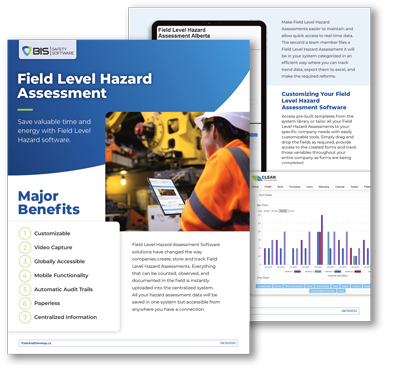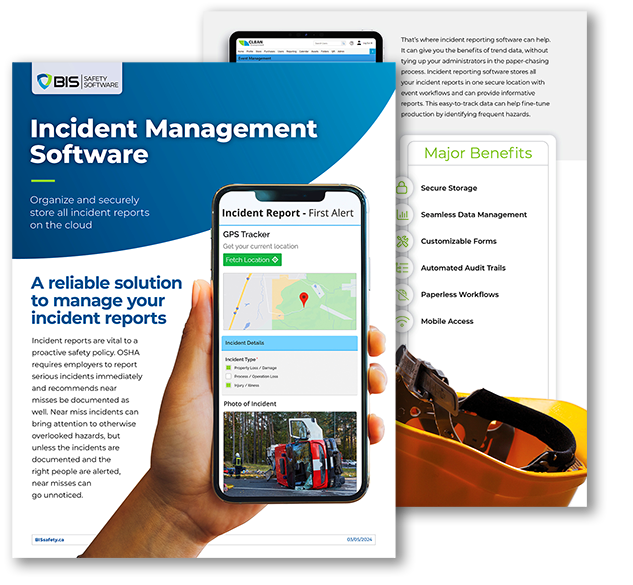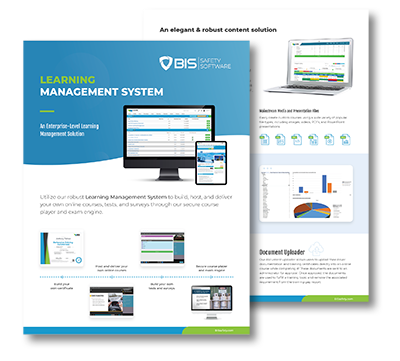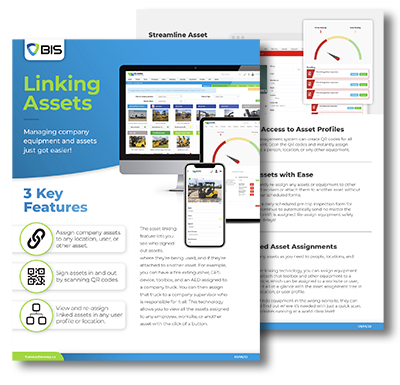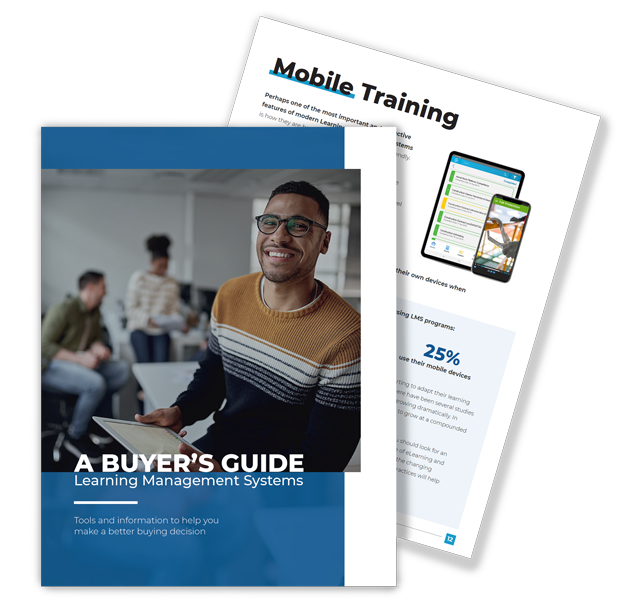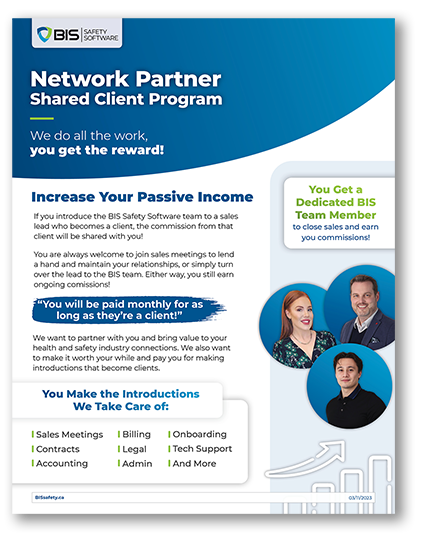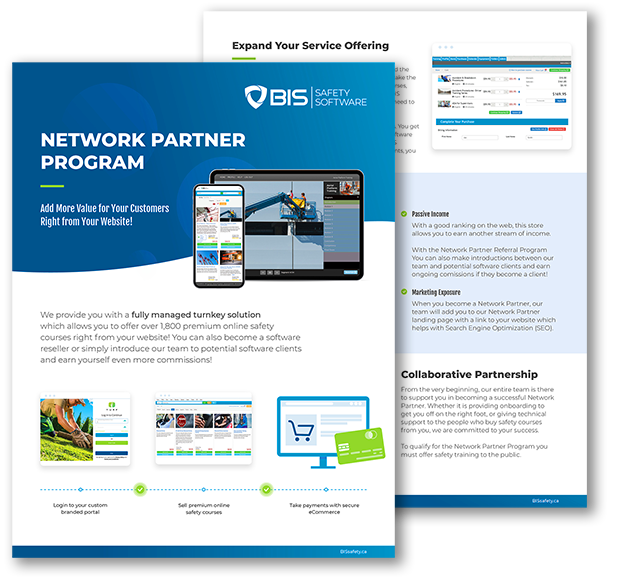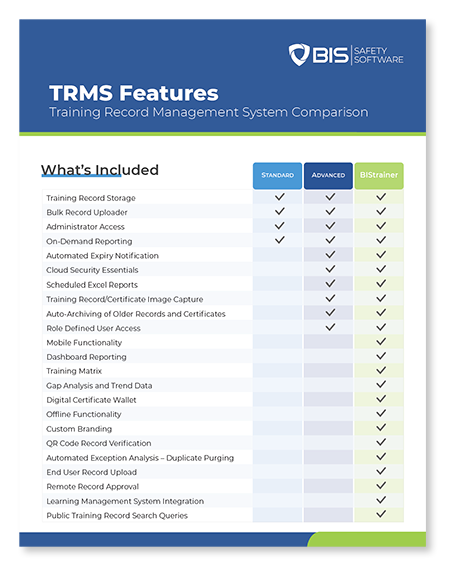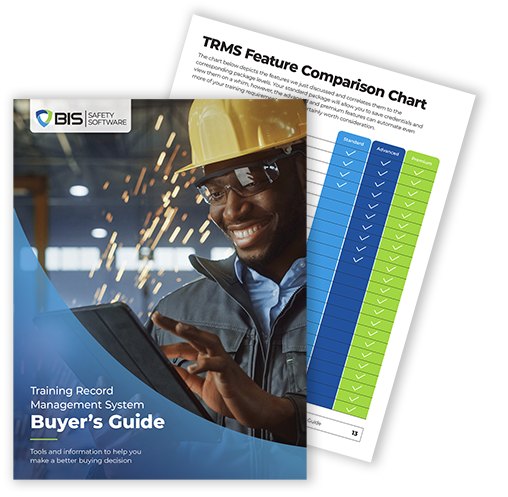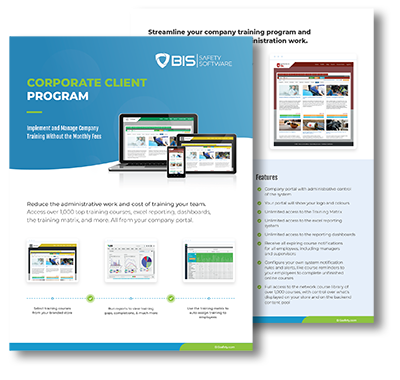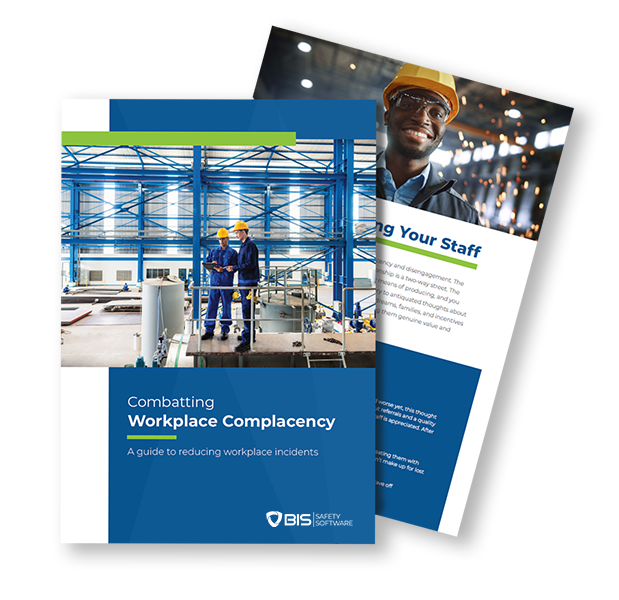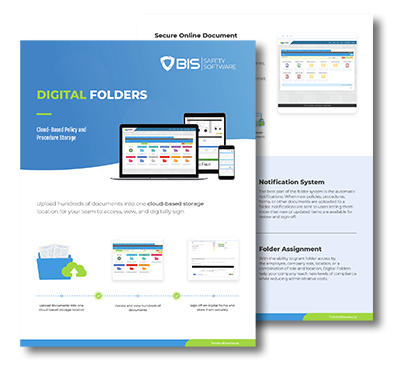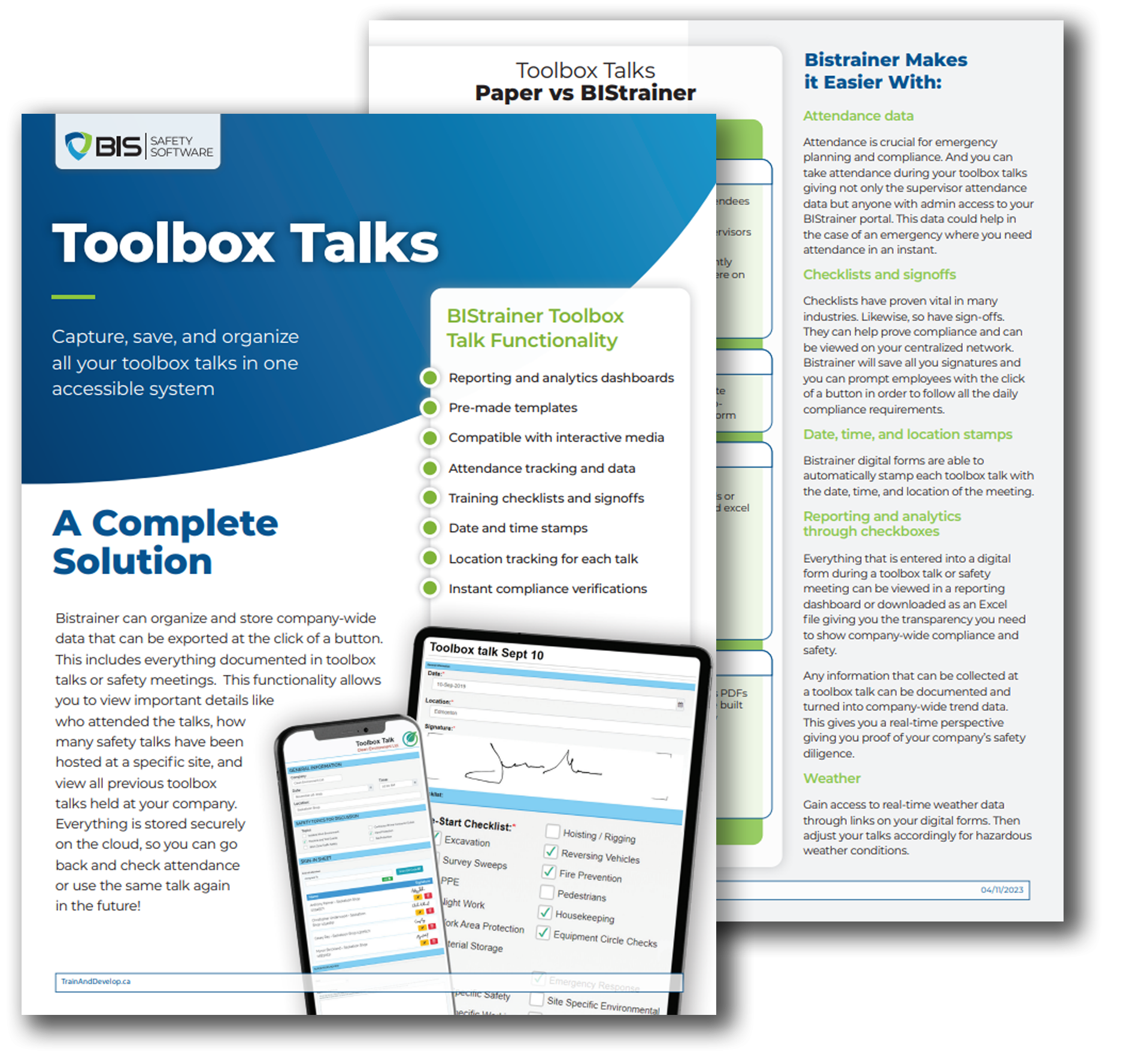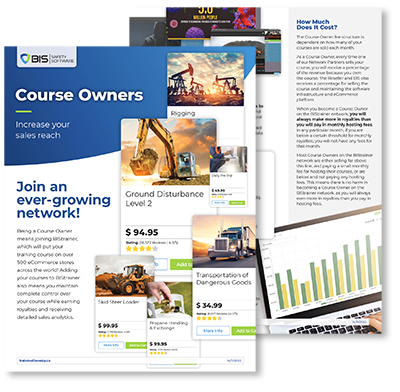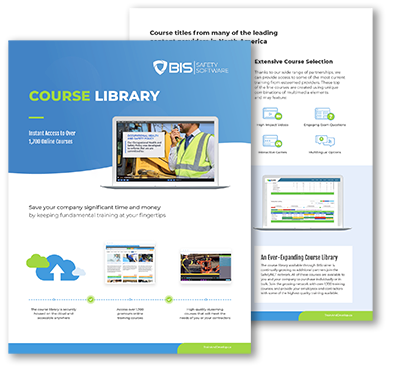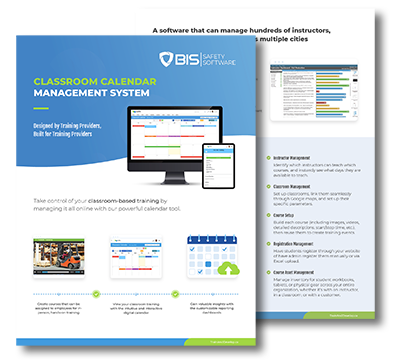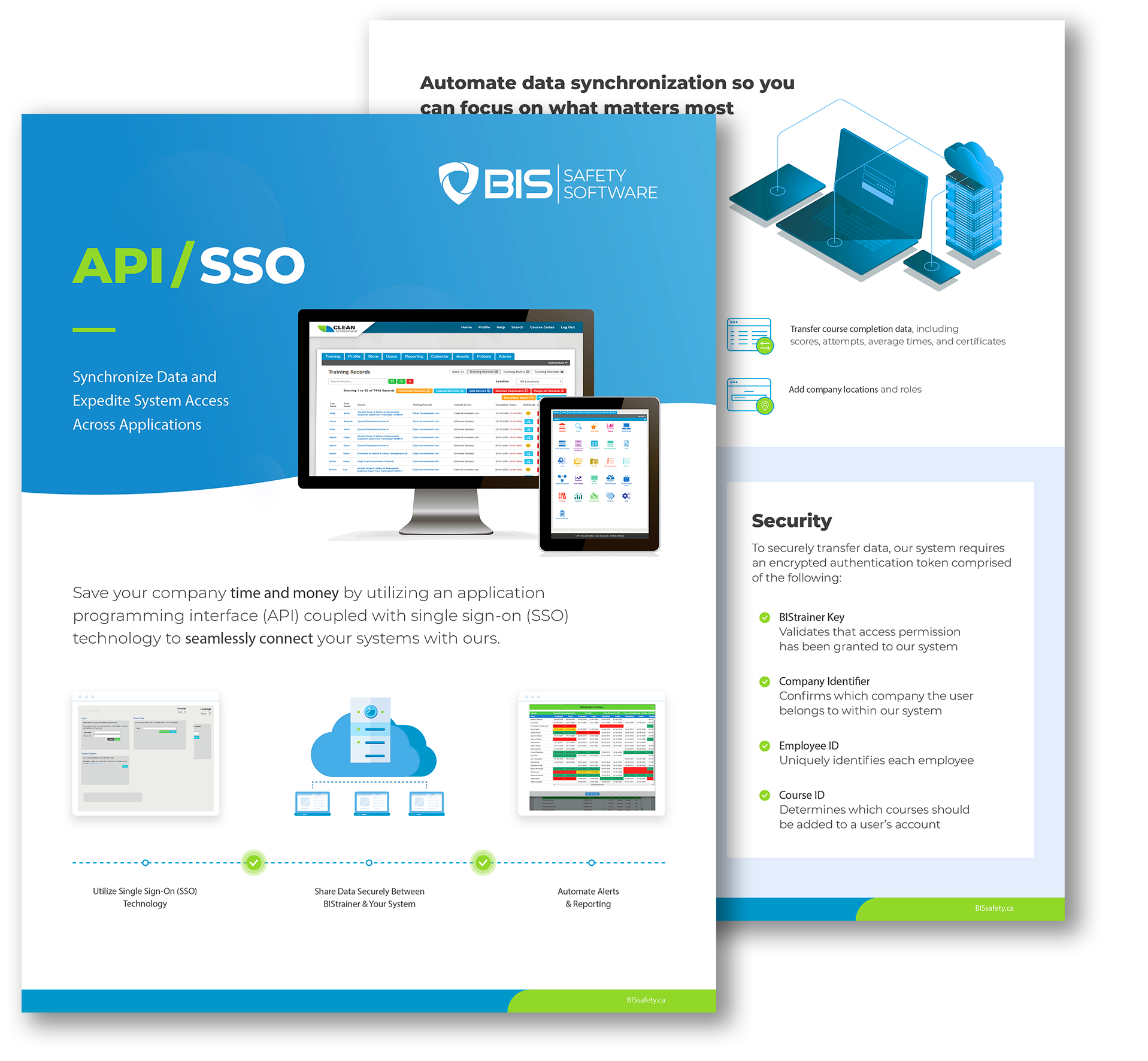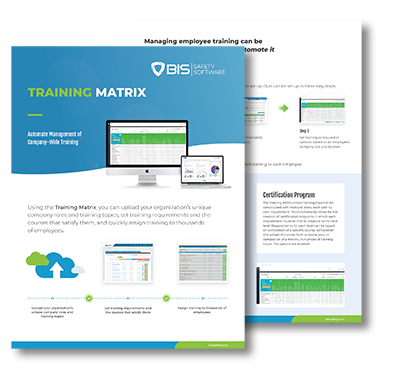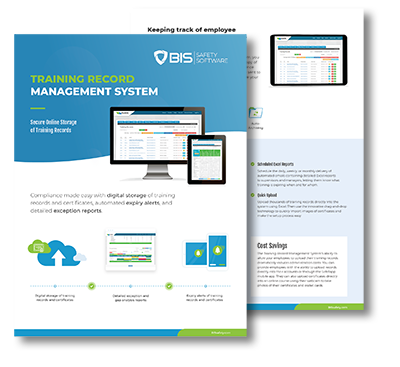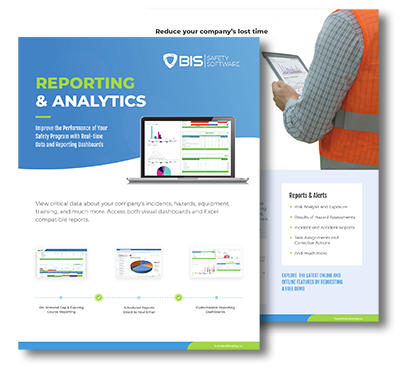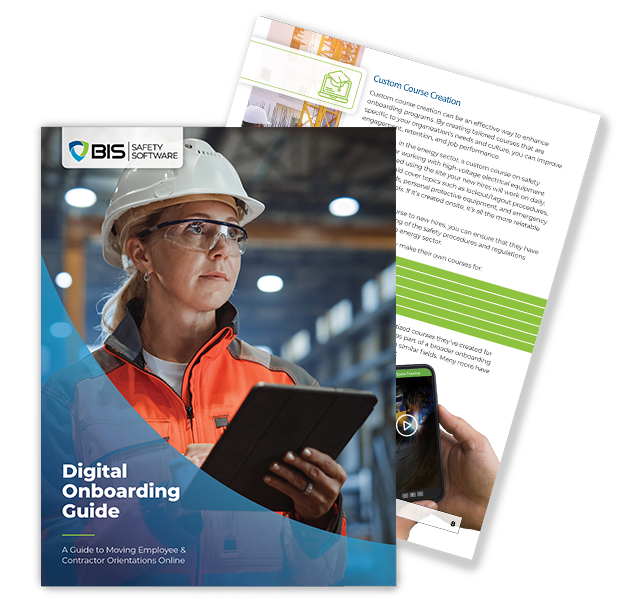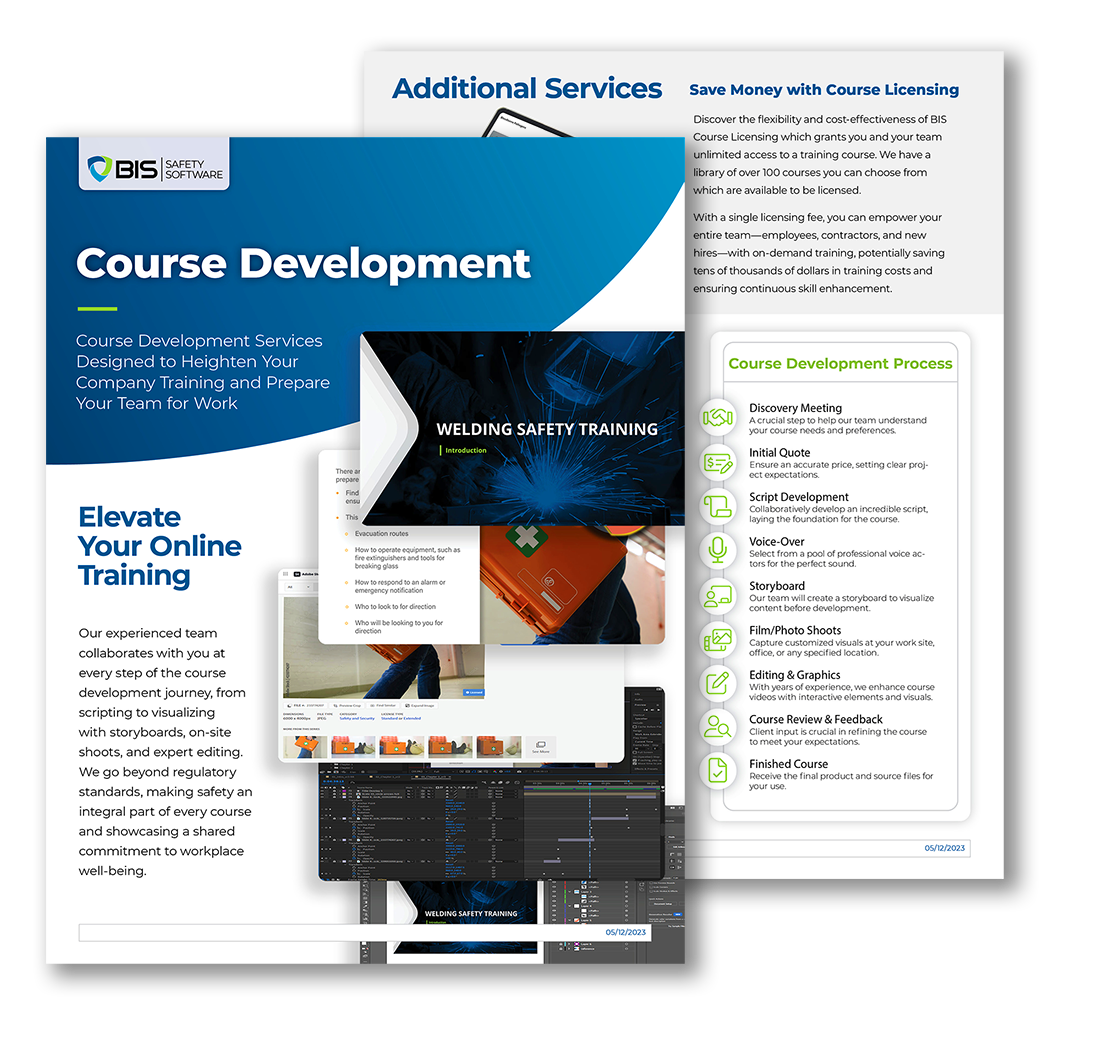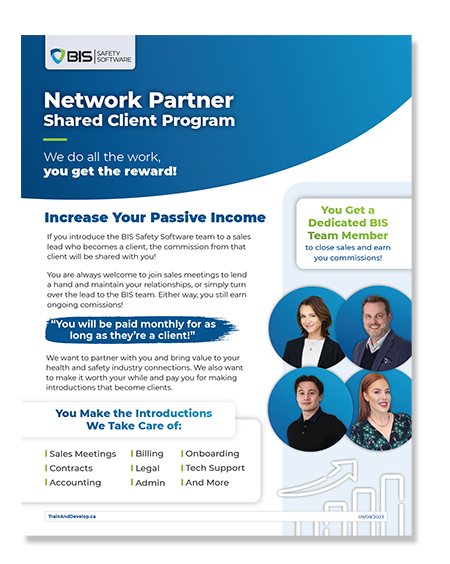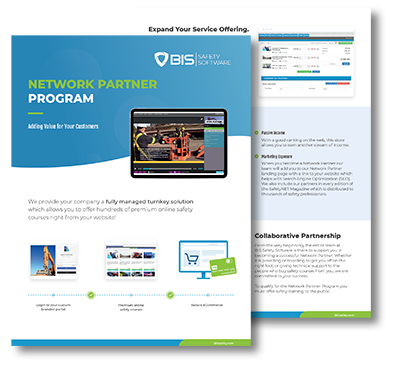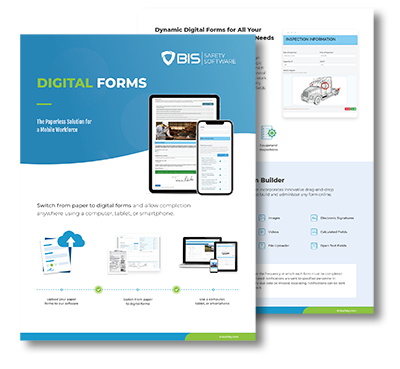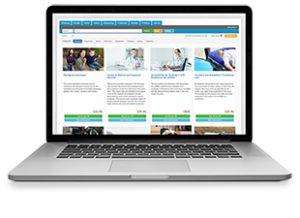A first-aid kit isn’t just a box on the wall—it’s the difference between a quick recovery and a trip to the hospital. But too many workplaces stock them once and forget about them. In an emergency, they reach for the kit and find empty wrappers, dried-up wipes, or missing supplies. A well-stocked kit isn’t just a regulation—it’s a lifeline. It’s the first line of defense when medical help is minutes away. The right supplies stop bleeding, fight infection, and keep injuries stable until help arrives. Without them, minor incidents can turn into serious medical emergencies.
The Basics: What Every Kit Should Have
Every workplace first-aid kit should include:
- Bandages (various sizes) for cuts and scrapes
- Sterile gauze pads and medical tape for larger wounds
- Antiseptic wipes to clean injuries
- Disposable gloves to prevent infection
- Scissors and tweezers for removing debris
- CPR mask for emergency resuscitation
- Instant cold packs for swelling and strains
- Pain relievers for headaches and minor pain
- Burn dressings for thermal injuries
- Adhesive tape to secure bandages
- Finger splints to support minor fractures
- Eye pads for eye injuries
The Essentials Most Workplaces Forget
Tourniquets : In severe bleeding, a tourniquet can save a life.
Eyewash Solution: Essential for workplaces with dust, chemicals, or debris
hazards.
Emergency Blankets : Shock and hypothermia can be just as dangerous as
injuries.
Allergy Medication: Antihistamines for unexpected allergic reactions.
Splints: Stabilizing a fracture can prevent further damage before medical help
arrives.
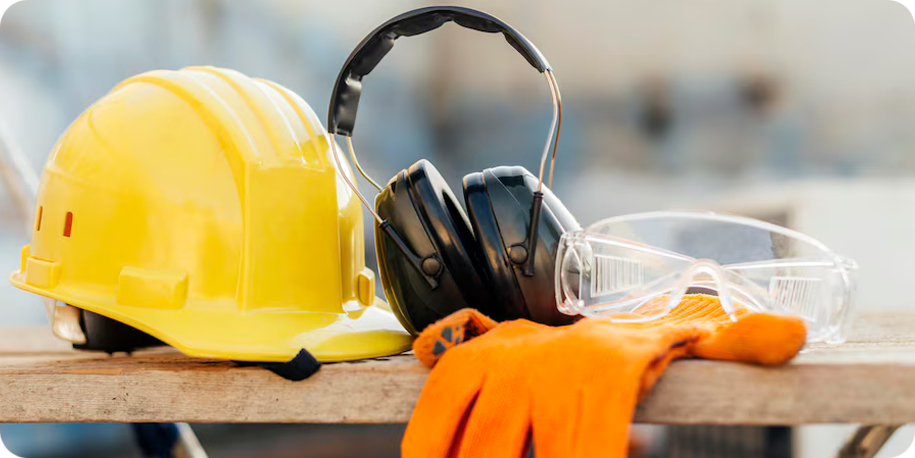
Wound Closure Strips: For deeper cuts that need more than a bandage but less
than stitches.
Hemostatic Dressings: These help clot wounds faster and stop severe bleeding
quickly.
Breathing Barrier Mask: A key tool for performing safe and effective CPR.
Hydration Tablets: In cases of dehydration or heat exhaustion, they help restore
essential electrolytes.
Nitrile Gloves: A backup in case regular gloves run out or get damaged.
How to Keep Your Kit Ready
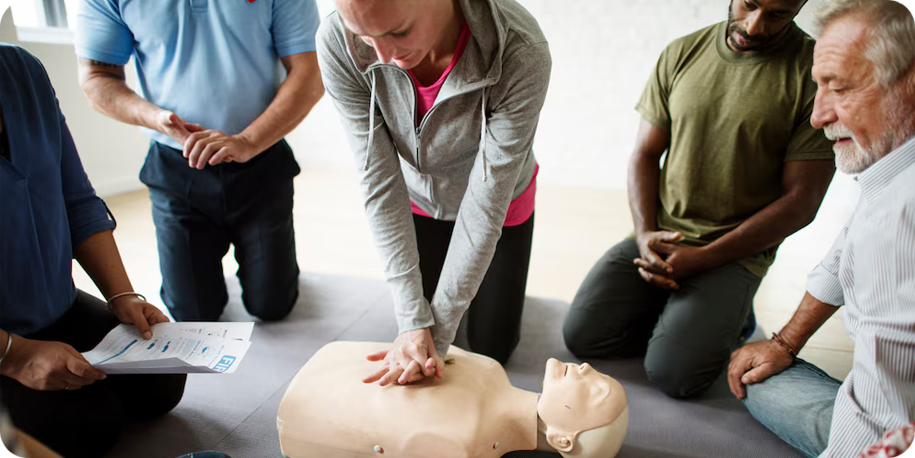
Beyond the Kit: Building a Prepared Workplace
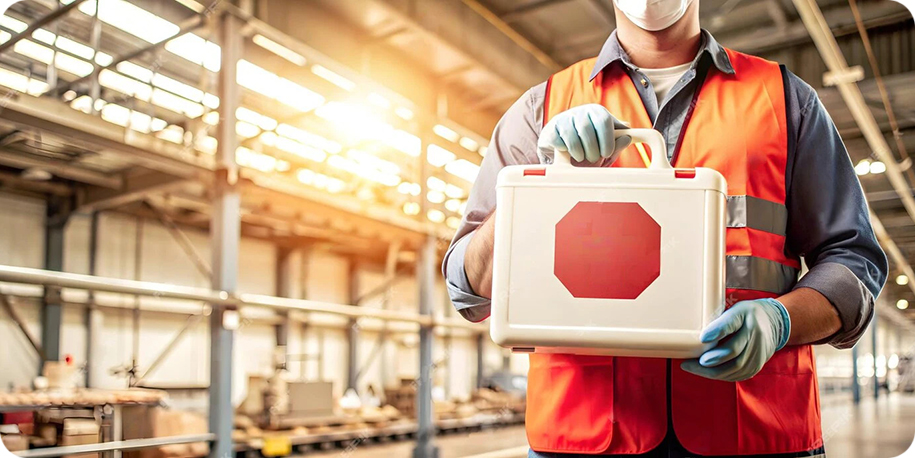
Final Thought: A Kit is Only Useful If It’s Ready
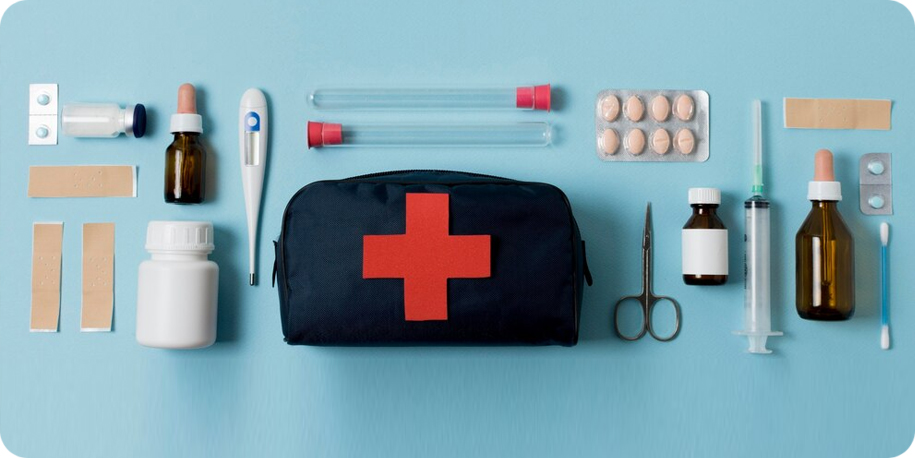
BIS Social Media
Follow BIS Safety Software for industry-leading safety updates, training solutions, and more. Hover over each icon for quick access to follow, share, or explore our other channels.
